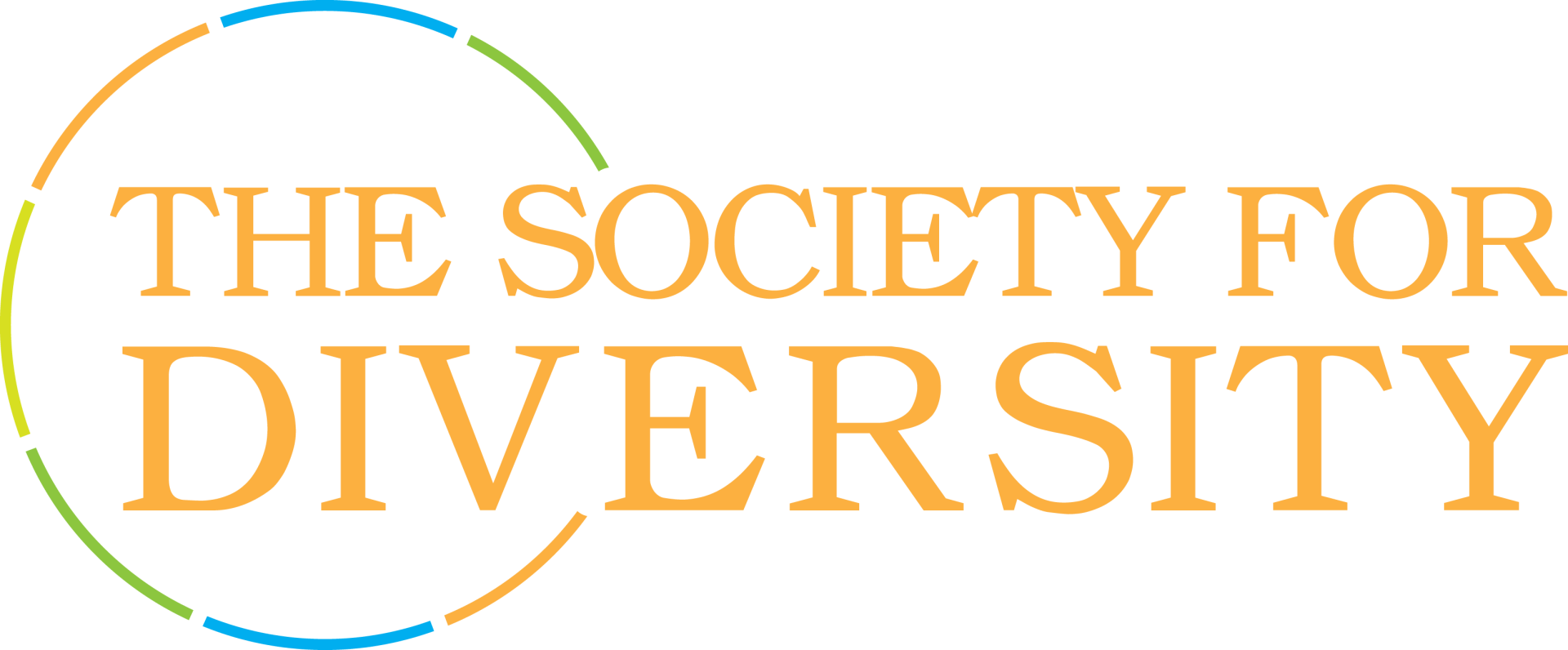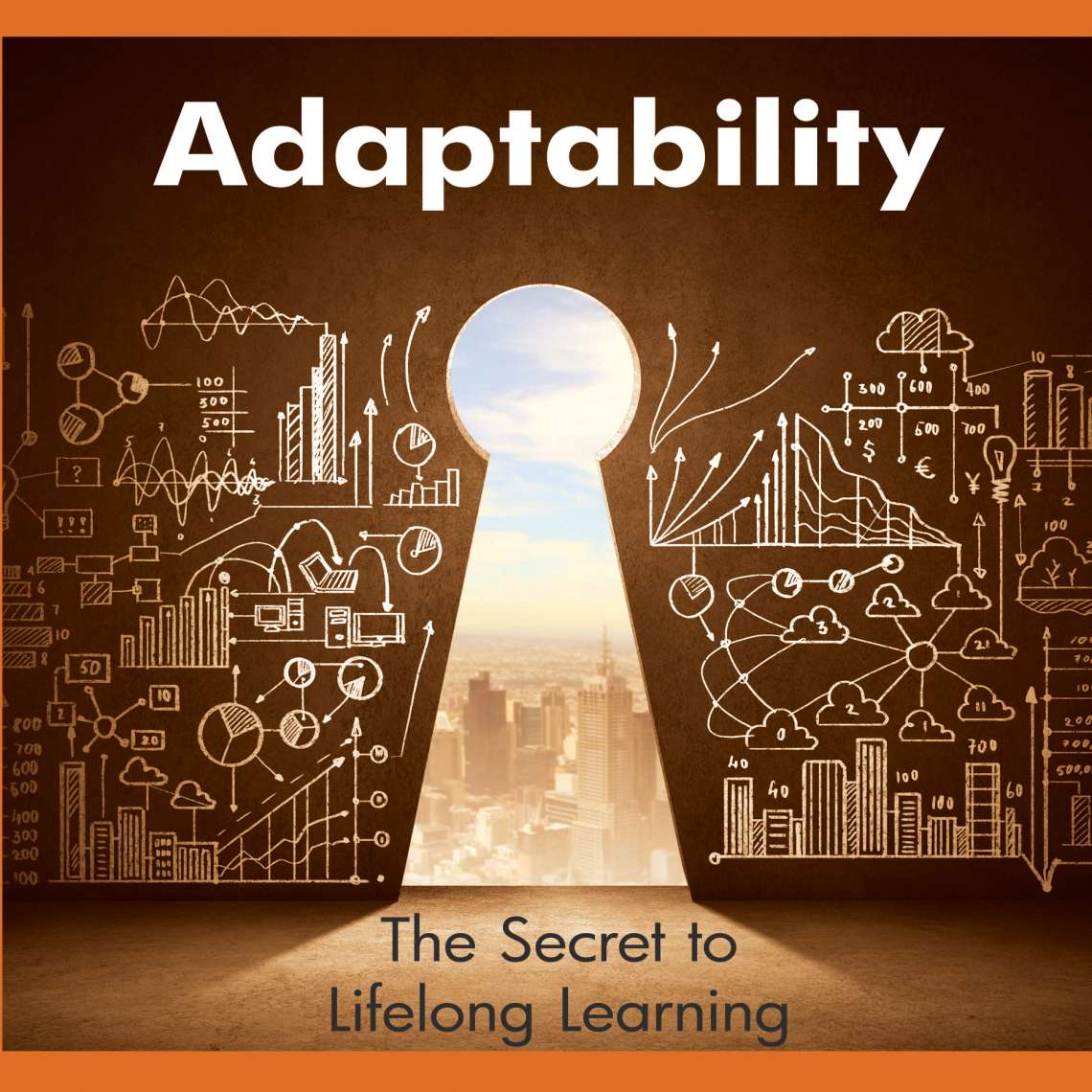Adaptive Leadership
In
Adaptability Quotient , Amy Edmondson from the Harvard Business School concluded that knowledge workers "must collaborate with others to solve problems and accomplish work that’s perpetually changing”. Adaptability empowers leaders to respond appropriately to a changing business environment. This means that managers will not dig in because "we've always done it this way", but they will adjust to being uncomfortable with different people, unique situations, or the unknown. For example, being able to try new solutions or utilize multiple ways of solving a problem can prepare the organization for the future of work, where Generation Z is already learning 4-6 different ways of solving math equations in K-12 classrooms.
In Washington, the state government has made Diversity a leadership competency. Various agencies have individuals with the Certified Diversity Professional (CDP)® and Certified Diversity Executive (CDE)® credentials in an effort to engage their current workforce and reflect the communities they serve, as well as to ensure that senior leaders walk the talk. Additionally, as the state seeks to serve more businesses that are diversity-conscious, understanding what these companies value provides a competitive advantage. Washington State leaders understand that other local governments and countries are also competing for the world's largest employers-- many of whom are already headquartered, or operating, in Washington.
Courageous Leadership
The idea of disruption can be a buzz word if leaders are not committed to concepts such as an inclusive culture or a harassment-free environment. How can someone be expected to develop revolutionary ideas if they can't challenge the wall of silence surrounding the office bully or the executive harasser? It's hard to
speak up against a toxic culture but if managers don't, there's no chance for the organization to become a great place to work. Turnover and negativity will be too high.
Leaders must engage in courageous conversations which invites others to openly and respectfully challenge current practices, as well as foster learning and growth through dialogue. As with other business communications, engaging in a courageous conversation is not so much as what you say, but how you say it. For example, the Ontario Leadership Framework suggests
re-structuring conversations to eliminate defensiveness . Instead of asking "What will happen if...?", one
should ask, "What does it look like when...?" Finally, courageous leadership will take bold steps toward inclusion by serving as an ally for diverse groups or a sponsor for diversity of thought.
Intentionality
The idea of being intentional pertains to self-awareness (i.e., being mindful of what others think or consciously identifying one's own biases), as well as to thoughtfully designing positive experiences for different groups. What exactly does that mean?
One of the things that organizational leaders can learn in a diversity certification program is that intentionality is different from merely having good intentions. A person can ask "Where are you from?" with the intention of being friendly, but the individual may not be aware that the question has the impact of implicitly conveying "you're not one of us". Understanding cultural nuances can ensure that one's intent aligns with the impact, but this is where self-awareness creates an opportunity to learn with humility. Cultural humility removes underlying assumptions from interpersonal interactions (such as "everyone should know..." or "you don't look like...") and allows individuals to discover how to build meaningful relationships with people from different backgrounds.
Intentionality operates from the perspective that different people have different preferences so we have to be purposeful about design. In some K-12 classrooms, schools are experimenting with cafe-style environments and flexible seating, where students can learn by sitting in the way that accommodates their learning needs. Even some workplaces are re-designing their spaces to reflect open concepts, employ sit-stand desks, and accommodate disabilities with various technologies. In order to stimulate high-performance all the time, organizations and their leaders must be flexible about design. Flexibility could entail acknowledging that some workers perform best in the office, while others do better at home. The workplace could also allow a caregiver of any gender to alternate between work and providing care for a child or aging parent.
How to Move Forward
The notion that one's concept of diversity is outdated means that the organization is not harnessing the full potential of its people. From marketing mistakes at companies where there is a sizable multi-cultural community, to the lack of new ideas at employers with 40,000+ workers, organizations are experiencing adverse impacts from diversity because it is not well connected to the strategy or to the bottom-line. Further, when the Chief Diversity Officer position does not report directly to the CEO, it demonstrates that getting it right is not a priority. Looking at the future of work, this is a sustainability problem.
Forwarding thinking organizations must be proactive about technology,
and the next generation of diversity work. Beyond black/white and male/female, the organization must think about the people who will work for the company, participate in the supply chain, purchase goods/services, and partner in the communities where they operate. Getting organizational leaders certified in diversity is a great step towards fostering a culture of lifelong learning, and it will allow equity and inclusion to move beyond the Office of Diversity. Additionally, diversifying the company with a broad mix of people in various capacities will ensure that the organization has all of its bases covered, both now and in the future.
By Leah Smiley, CDE, President of the Society for Diversity, Inc.







